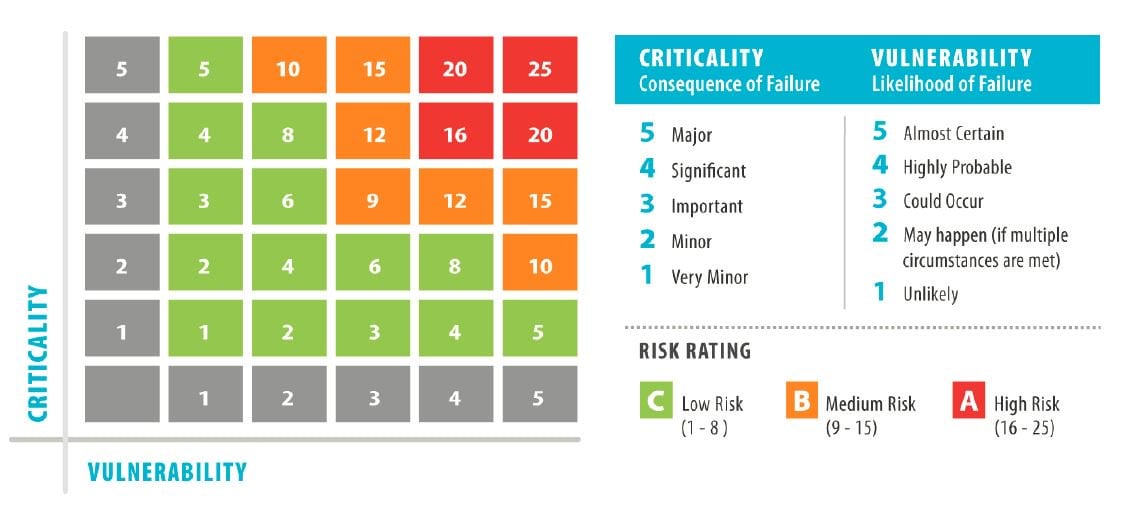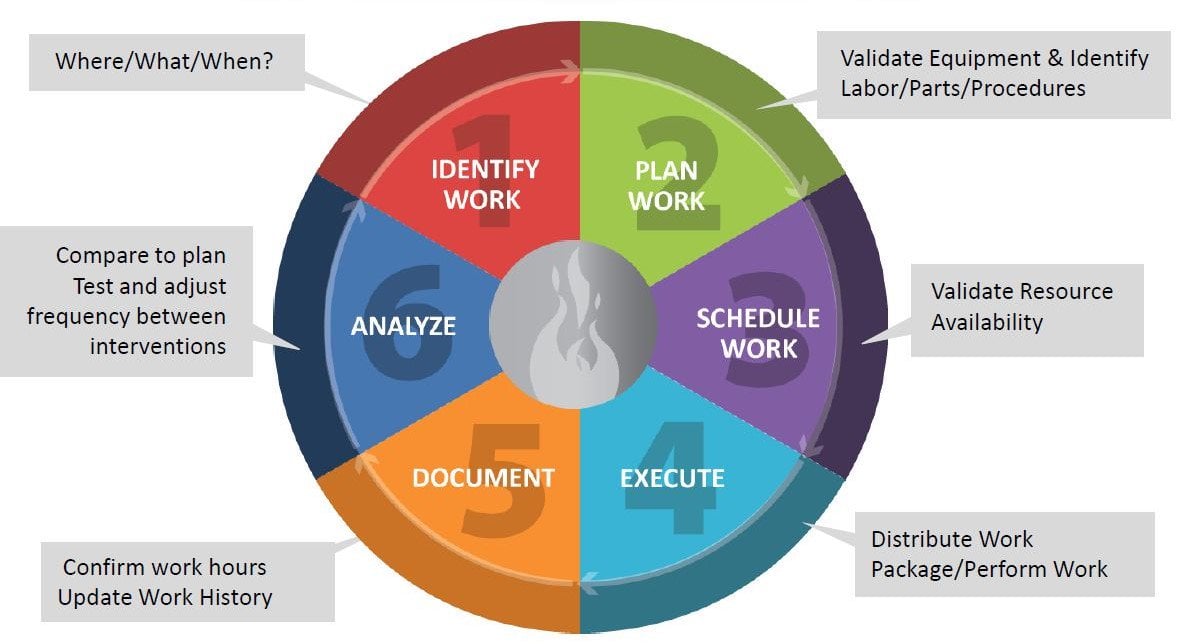How to Rate the Criticality of Your Equipment
Rating equipment criticality is an important part of a strong preventive maintenance plan. By giving your equipment a rating and setting up guidance rules, you can ensure that your maintenance and engineering efforts are focused in the correct areas.
This will allow you to quickly and easily make decisions regarding which preventive maintenance work may be moved in the schedule and which must be done on the date specified. In addition, you will be able to prioritize any issues that occur in order to keep your most critical equipment available, maximizing plant uptime.
What is Equipment Criticality?
A criticality rating given to a piece of equipment is used to determine how often the equipment should be inspected or maintained, as well as to give a scheduler a guide as to which notifications and work orders can be rescheduled to a future date, and which require more immediate attention.
Explore related questions
When giving criticality ratings to equipment, one should assess the vulnerability (likelihood of failure) versus the criticality (consequence of the failure) of each equipment.
Introduction to Equipment
Equipment exists in many different forms:
Rotating: equipment can be installed into and dismantled from functional locations
Mobile: lifting equipment, emergency fire equipment, vehicles, ladders
Fixed: may require inspection – towers, vessels, drums, exchangers
How to Rank Your Equipment

1. List your equipment
2. Form an assessment team
3. Score your equipment
4. Consider the business risk if an item fails
5. Convert score to risk rating
Equipment Reliability Reporting
• Use criticality when viewing work lists or new notifications.
• Create a variant sorted by criticality to allow concentration of greatest risk equipment.
• Use criticality for a long term view to concentrate team efforts.
Prioritization Guidelines
Ensuring correct priority means your plant output will be interrupted less often.
• Draw up some guidance rules to follow
• Use the rules to decide which PM routines may be missed, and how many times they can be missed
• Use criticality based fields in our ERP like ABC indicator to prioritize new defects
Work Order Life Cycle

Work history should be created by whoever carried out the work. They should add as many details as possible and state why the work was carried out.
Rate Your Equipment Criticality to Prioritize Maintenance
In summary, best practices for conducting an asset criticality assessment are:
1. Assemble a team to rate the equipment, and include several departments with different needs and priorities
2. Decide the equipment that you want to rate
3. Rank your equipment
4. Determine the criticality for the equipment
5. Establish guidance rules to decide how to prioritize preventive work and defects
6. Use reporting to show where to concentrate team efforts to maximize availability and reliability
To read more about equipment criticality, download our whitepaper “Equipment Criticality and Prioritization of Work Orders.“





